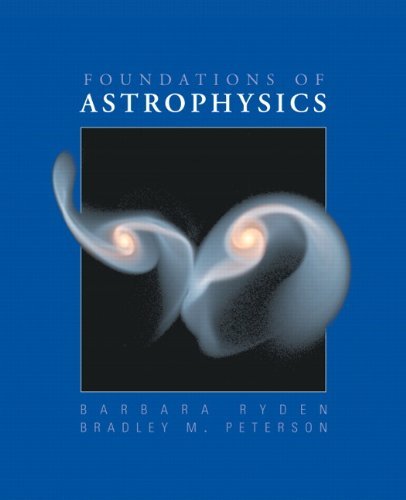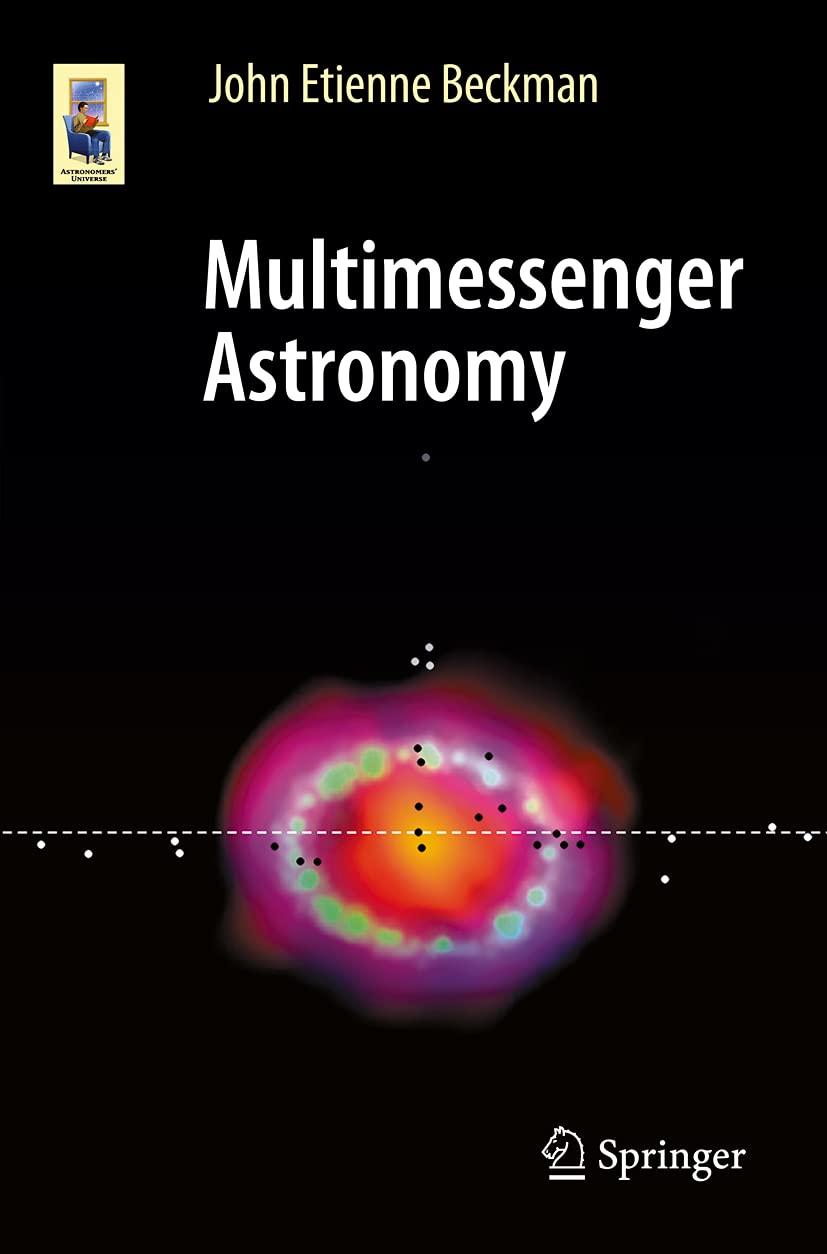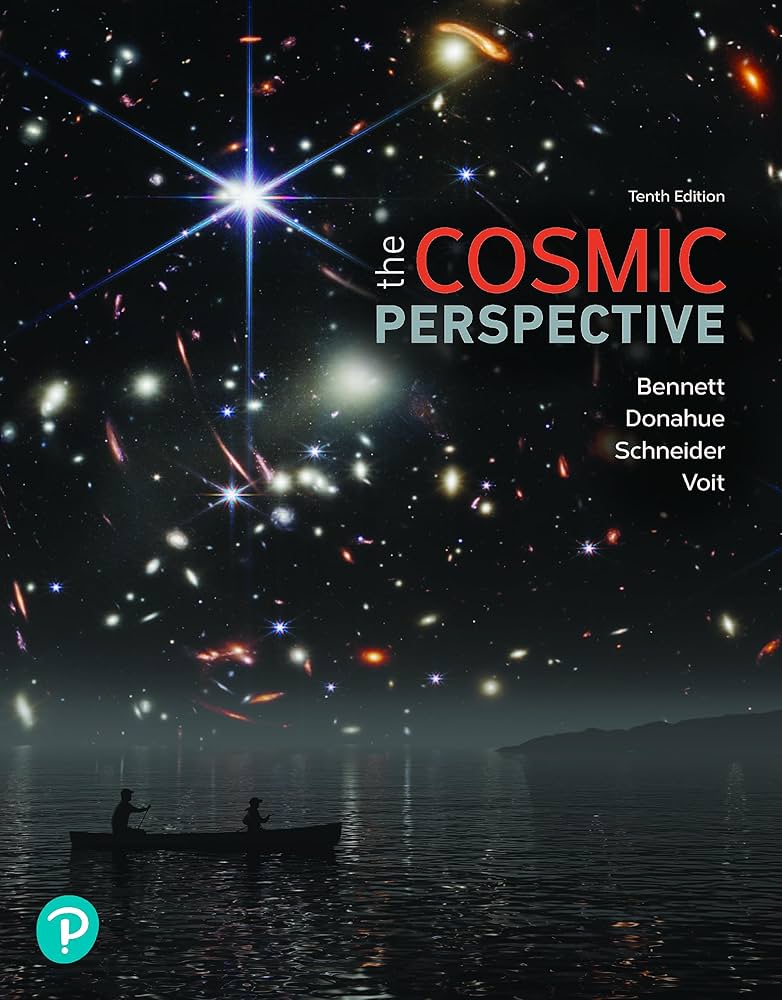Teaching
Courses taught at Northeastern University, Department of Physics

PHYS 5117: Advanced Astrophysics Topics
Graduate Course
This course focuses on stellar structure and properties, the interstellar medium and the formation of stars and planets, and galaxies. Topics include astronomical distance and brightness measures, stellar spectra analysis, magnetic activity on the Sun including flares and coronal mass ejections, complete star formation and evolution from molecular clouds to compact objects, planetary systems, galaxy formation and evolution, dark matter implications from galaxy clusters, and the large-scale structure of the universe.

PHYS 4111: Multimessenger Astrophysics
Advanced Undergraduate Level
The detection of gravitational waves and high-energy cosmic neutrinos has revolutionized astronomy. This course explores how astrophysical processes produce electromagnetic radiation, cosmic rays, neutrinos, and gravitational waves - each carrying distinct information about their sources. Students investigate signals from stars, active galactic nuclei, supernovae, and black holes, while learning about the detectors and techniques used to observe these different messengers. The course provides a solid introduction to the newest discoveries in astrophysics, covering the production, transmission, and detection of these various astrophysical signals.

PHYS 1111: Introduction to Astronomy
Introductory Level
Astrophysics is "the science of everything that isn't nailed down." This course surveys the Universe from our solar system to its infancy, with stops to explore galaxies and extreme objects like black holes and neutron stars. Topics include an introduction to the cosmos, Earth's place in the universe, our solar system (planets, moons, asteroids, and comets), stellar physics and classification, and stellar evolution. Students learn about astronomical tools including the nature of light and radiation, telescopes, and spectroscopy. In-class demonstrations and activities illuminate concepts from lectures.